Confident first aid with
Action-cards®
Many of us may be unsure of how to provide first aid in critical situations.
With Action-cards®, you have the necessary help at hand. Be ready to provide confident and quick first aid today.

Many of us may be unsure of how to provide first aid in critical situations.
With Action-cards®, you have the necessary help at hand. Be ready to provide confident and quick first aid today.

Action-cards® are robust and durable instruction cards with a step-by-step guide for confident first aid. Bring your Action-cards® with you when you’re sailing so you’re always well prepared.
Use Action-cards® to prepare yourself for first aid – for example, while taking a first aid course or by reading a card when you have a moment.
Perform confident first aid if an accident occurs. Use Action-cards® as a support and guide for first aid.
Preparing and performing the correct first aid increases the chance of saving lives.
By scanning the QR code on an Action-card® after using it, you collect data that helps prevent accidents and save lives.
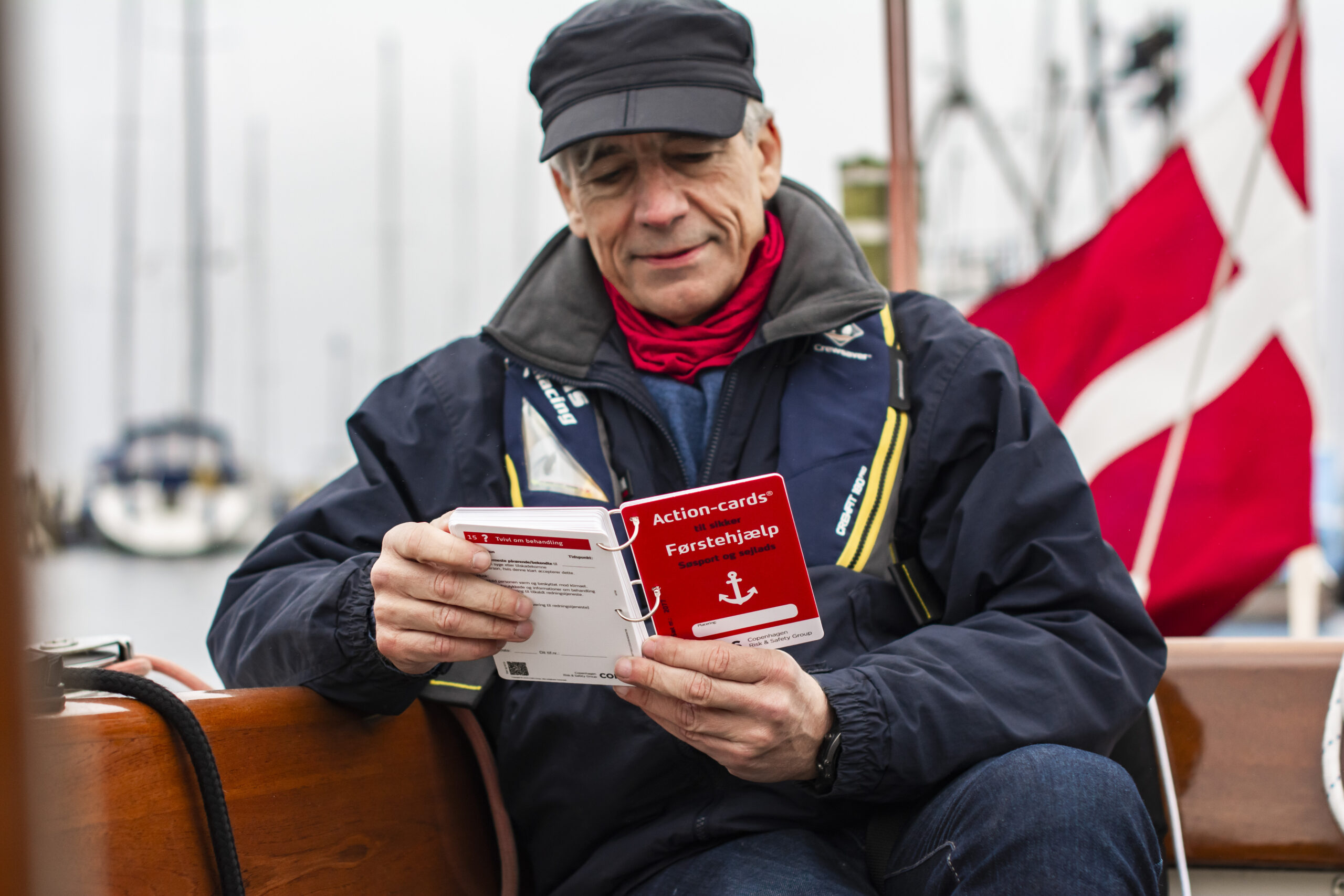



Depending on your profession, different types of accidents can occur that require first aid. With this set of Action-cards®, you get a guide at your fingertips for the following situations:

ONLY $92 USD
Action-cards® are tailored to your country, e.g. what number to call in case of an emergency.
We recommend that you buy your Action-cards®, read them, and register for a first aid course with us. That way, you get the most out of both your Action-cards® and your first aid course.
In the video, you can see how our first aid course proceeds with multiple first aid scenarios for training, here with the company Airtrix.
Sign up for a first aid course, without financial commitment, here:
It’s early in the year, and Tommy is out on one of the first trips in the season with the sailing club. As safety is a high priority in the sailing club, no one sails alone.
It turns out to be an incredibly lucky decision this morning when Tommy’s good friend, Oliver, suddenly trips and falls overboard. Although the friends on the boat react instantly, they don’t manage to grab Oliver before he’s out of reach. They quickly establish a lookout, exactly as they should, and start to navigate the boat to pick up Oliver from the water. But the wind is teasing and there is some current, which makes it difficult to get the boat in the right direction while Oliver drifts further and further away from the boat.
In the end, however, they manage to get close enough to Oliver to get him out of the water and up in the boat. But Oliver has been in the cold water for more than 15 minutes, and his skin is blue and he is having difficulty speaking coherently.
Tommy hurries to get the Action-cards® that all boats in the club are required to have now. Tommy quickly turns to the Action-card® called “Hypothermia”, because he knows that it is vital to act fast and correctly now. There is a good hour’s sailing to land, so every action and second counts.
Based on the simple instructions on the Action-card®, the friends on the boat ensure a comfortable re-warming of Oliver.
On the way back, the friends also spent some time evaluating how they handled the situation together and ensured through their talk that everyone is okay after the episode. Because of Tommy’s calm and confident guidance, no one had felt unsafe or in doubt about what should be done in the situation.
Tommy recommends that all boats have a set of Action-cards® for sailing, because everyone will be able to quickly and efficiently help in a variety of situations on the water.
With a first aid course, it sometimes can be difficult to remember all the details. With Action-cards®, you don’t have to remember all the details – we provide first aid information at your fingertips when you need it most!
The great advantage of Action-cards® is that they work wherever you are. With physical cards, you don’t have to be dependent on internet access, or logging in on a phone, app, tablet, or computer to get the help you need. They are also robust, and can withstand water, wind, weather, and hard shocks.
Many people today use Action-cards®. We have provided Action-cards® to many sports facilities, schools, nurseries, shops, restaurants, factories, etc. For many years, pilots, the armed forces, the police, and the pre-hospital system have used Action-cards®. They do this precisely because they know that it can be difficult to remember important details in critical situations.
Yes, all the knowledge that you would normally have with a first aid instructor you now have access to all the time with your Action-cards®. Therefore, you can easily bring out your Action-cards® and train when it fits you best. Even 30 minutes of practice a few times a year can make a dramatic difference. That way, you can continuously keep your first aid routine sharp without it costing you more than the time you choose to spend on it.
We believe that you should do what you’re most comfortable with. We know many people find it difficult to remember what to do in emergency situations. Action-cards® help people who have to act in such situations. Pilots, the armed forces, the police, and those in the pre-hospital service use them, because they know how difficult it can be to remember important details in critical situations.
There is a QR code on each Action-card® to make your accident registration as easy as possible. In less than 1 minute, you can register an accident by scanning the QR code on the corresponding card – or register if you have trained or read an Action-card®. This can be valuable documentation for you or your organization in case of a lawsuit.
If you scan this QR code, you’ll immediately register what happened, where it happened, the time it happened, and what treatments were given, without you having done anything other than scan the QR code.
When you’ve scanned the QR code, you can add additional comments and pictures of the accident’s location, along with anything else that’s relevant documentation.
A good accident record is absolutely essential to be able to find the most cost-effective solutions for more safety in your company.
The Action-cards® Medical Advisory Board, with their healthcare background, assesses the content of the Action-cards® that have healthcare elements in them.
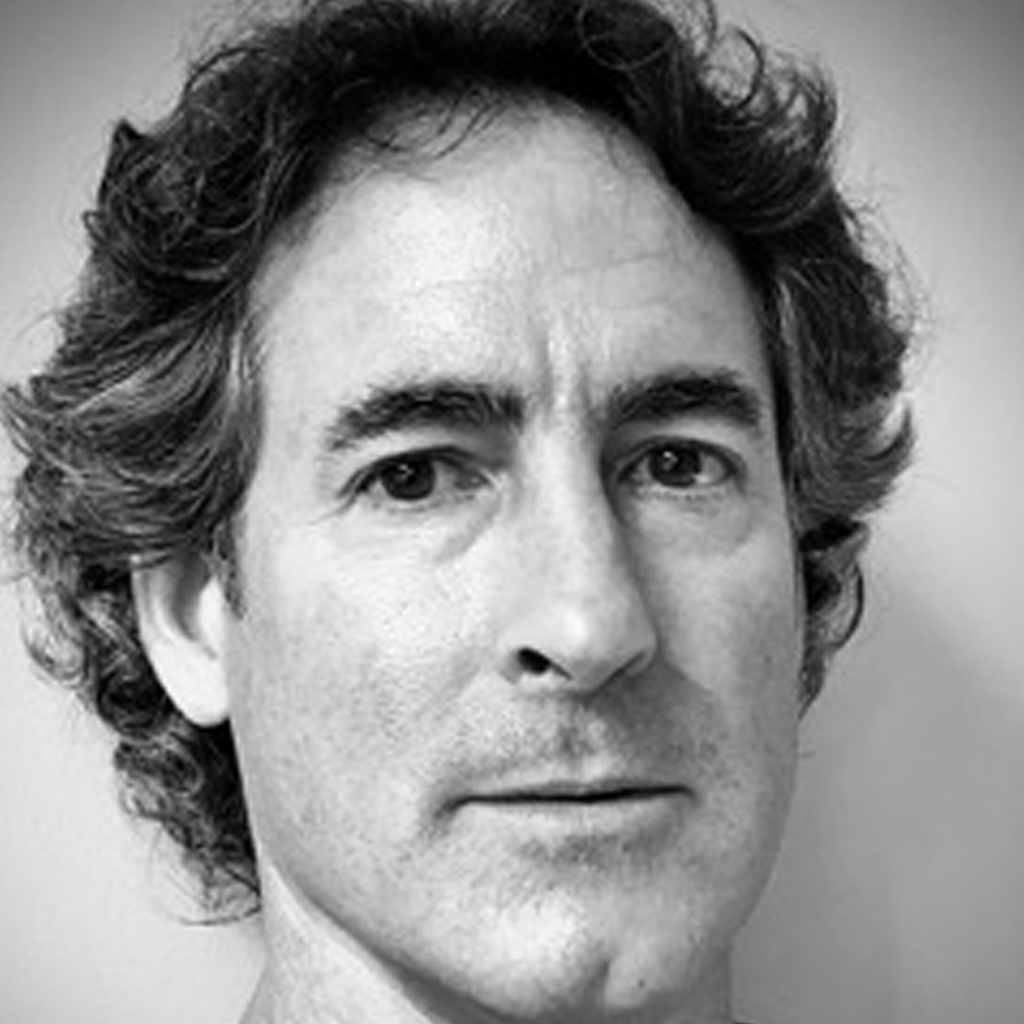
MD Emergency Medicine
Matt is a medical doctor certified by the American Board of Emergency Medicine. He received his residency training at Kings County Hospital in Brooklyn, New York, graduating in 2003. Since then he has worked in North Carolina, USA, and Whakatane, New Zealand.

Chief doctor, Emergency Medicine
Jacob finished as an MD in June 2012 and was the first Dane to finish specialist training within Emergency Medicine. Currently, Jacob works as the chief physician in the largest region of Denmark (Midtjylland). Jacob is also a former soldier and diver in the Royal Danish Navy.

Medical Doctor
Harvey completed his medical studies at Southampton University, UK in 2011. After working for 5 years in various hospitals in the south of England, he moved to Australia to experience another healthcare system while working in rural Australia. His experience has led him to specialise as a General Practitioner in Western Australia.

MD Specialist in Anesthesiology
Kim is a specialist in anesthesiology and chief physician at the Department of Anesthesia, Surgery and Intensive Care, at Herlev Hospital. He acts as the main supervisor and function manager for trauma. Kim works as an emergency doctor and TEMS doctor at a fast response emergency medical vehicle.

MD Intensive care
Paul Peterslund got his medical degree from the University of Southern Denmark in 2014. Since then, he has worked as a physician in intensive care medicine, anesthesia, infectious diseases, cardiology, emergency medicine, 3rd world medicine and psychiatry. He has experience with teaching doctors, nurses and laymen at SimC OUH and various other institutions.

Intensive Care Nurse
Sunna is an intensive care nurse who specialises in neonatal and critical treatment of children up to the age of two years. Since 2011, she has worked with infant intensive care at Denmark’s most prestigious specialised hospital, the National Hospital of Denmark, where she completed a number of courses in acute nursing and first aid, including European Pediatric Advanced Life Support (EPALS).
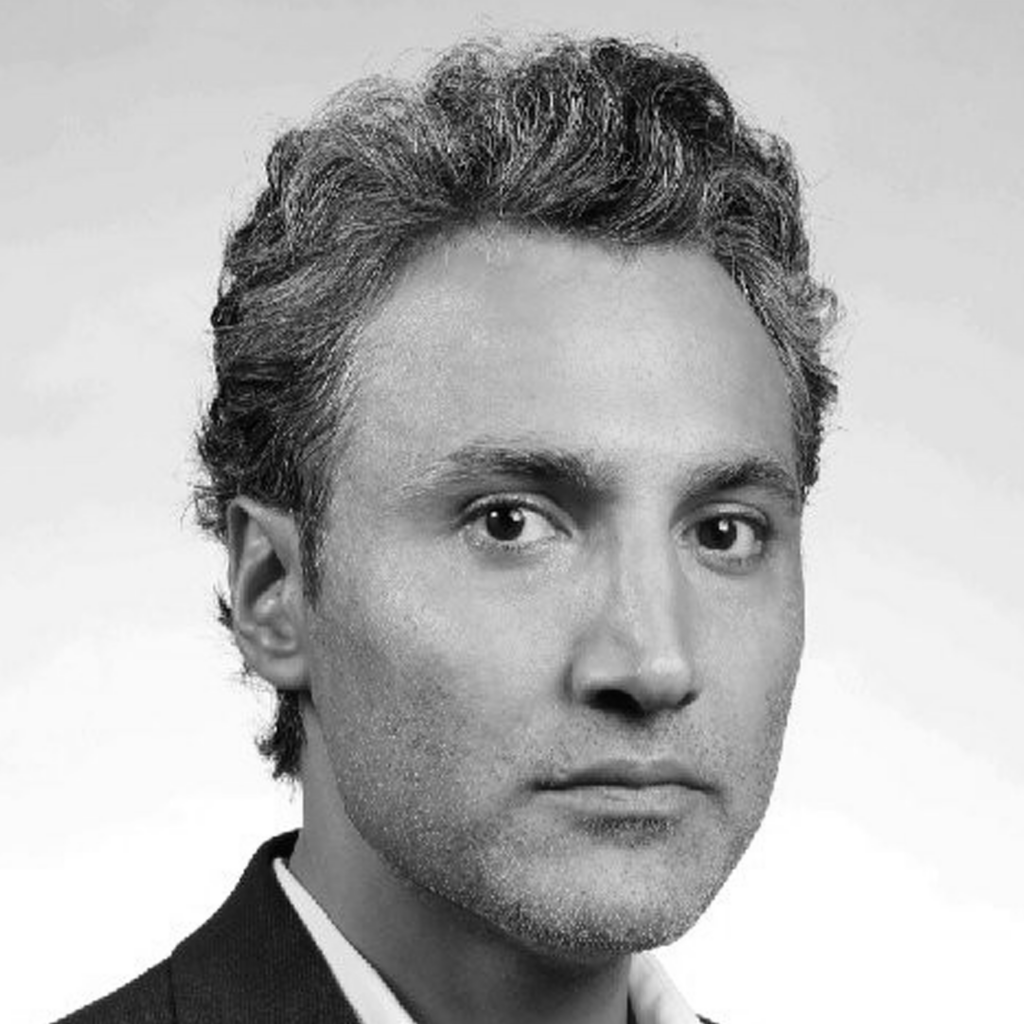
Physician specializing in clinical physiology and nuclear medicine
Ali received his degree as a medical doctor from the University of Copenhagen. For the past eight years, Ali has worked as a physician, primarily in cardiology and clinical physiology. Ali also teaches future medical doctors at Copenhagen University.

Medical Doctor
Mikkel is a trained doctor who graduated from the University of Southern Denmark in 2010. He has worked as an orthopedic surgeon since 2011, primarily in trauma and emergency units. In addition, Mikkel teaches as a visiting professor at the medical school for orthopedic surgery. Mikkel’s background also includes being a sanitary group leader in the Danish Defense Command.
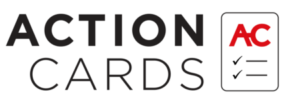
This website uses cookies so that we can provide you with the best user experience possible. Cookie information is stored in your browser and performs functions such as recognising you when you return to our website and helping our team to understand which sections of the website you find most interesting and useful.
Strictly Necessary Cookie should be enabled at all times so that we can save your preferences for cookie settings.
If you disable this cookie, we will not be able to save your preferences. This means that every time you visit this website you will need to enable or disable cookies again.
This website uses Google Analytics to collect anonymous information such as the number of visitors to the site, and the most popular pages.
Keeping this cookie enabled helps us to improve our website.
Please enable Strictly Necessary Cookies first so that we can save your preferences!
More information about our Cookie Policy